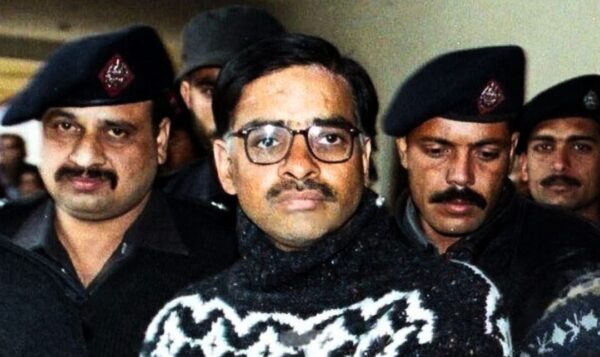Javed Iqbal confessed to killing 100 boys in Lahore, Pakistan. Discover the full, terrifying story of one of the most twisted criminals in modern history.

The Smile That Hid a Nightmare
In 1999, Pakistan was hit by a horror story that felt too real. A man named Javed Iqbal confessed to murdering 100 young boys. His victims were poor, voiceless, and forgotten by society. What made it even more disturbing? He confessed without being caught.
Before anyone could arrest him, Javed Iqbal mailed a 13-page handwritten letter to both the police and a newspaper. It included names, photos, and a breakdown of how he committed each murder.
As horrifying as this sounds, similar chilling cases have been documented before, like Joel Le Scouarnec’s hidden life of abuse, where horror lurked behind a surgeon’s mask. According to www.america112.com, cases like Iqbal’s are terrifying reminders of evil that hides in plain sight.
A House Full of Bones and Acid
Police stormed his home in Lahore. What they saw will haunt them forever.
Inside were:
- Two acid-filled drums
- Piles of boys’ clothing and shoes
- Skulls and bones, some kept as trophies
- A meticulous diary recording every single victim
He had even decorated one wall with photos of the children—not as memories, but as achievements.
Iqbal wrote:
“I am not a madman. I am what your society made me.”
Why He Did It – The “Revenge” Theory
Javed Iqbal came from a wealthy family. He was educated, owned a business, and lived comfortably. But he claimed he had once been tortured by police for a false crime. That trauma, he said, pushed him into a twisted mission to “punish society.”
He targeted the most vulnerable—boys who had no home, no family, and no one to look for them.
One heart-breaking example is Saleem, a 12-year-old who sold balloons outside a mall. He vanished one evening. Weeks later, his father saw a pair of shoes in a TV report from Javed’s house. They were Saleem’s.
Much like Pedro López – The Monster of the Andes, Javed preyed on those society ignored.
How He Killed – The Dark Routine
Iqbal had a fixed routine.
He would lure a boy by offering food, shelter, or work. Once inside his house:
- He strangled the boy with a metal chain.
- Waited until the body was lifeless.
- Then he dissolved the body in acid, pouring the remains into nearby drains.
- Finally, he wrote a detailed entry in his diary, marking the number—like a score.
He once wrote:
“I kept count. 100 is a good number.”
The Nation Reacts
When news broke, Pakistan was shaken to its core. Families rushed to police stations holding photos of their missing children. Protests erupted. People demanded justice. Some even demanded public execution.
But deep down, the nation also felt guilt. How did we let this happen?
According to www.america112.com, Javed Iqbal’s case forced Pakistan to confront its long-ignored issue of child safety and poverty.
Trial and the Strange Ending
Iqbal was captured and brought to trial. He stayed eerily calm in court. When asked about his crimes, he simply said,
“What I did was justice in my eyes.”
The judge sentenced him to death by the same chain, his body to be cut into 100 pieces, and dissolved in acid, just as he did to his victims.
But fate had other plans.
Before the execution date, Javed Iqbal was found dead in his jail cell. Officials claimed it was suicide. But many believed inmates killed him, unable to tolerate his presence.
Final Thoughts
Javed Iqbal – The Monster of Lahore – was not just a serial killer. He was a man who took advantage of the weak and used his intelligence for evil. His crimes are still talked about in whispers, and his house has long been destroyed.
What remains is a lesson—a brutal one.
His case, like that of Joel Le Scouarnec and Pedro López, reminds us that evil often hides in the ordinary. It teaches us why it’s crucial to protect the unheard, the unseen, and the unloved.
Let us remember those 100 boys—not by the name of the man who took their lives, but by the silence they left behind.


2 Replies to “Inside the Mind of a Killer Monster: Javed Iqbal”